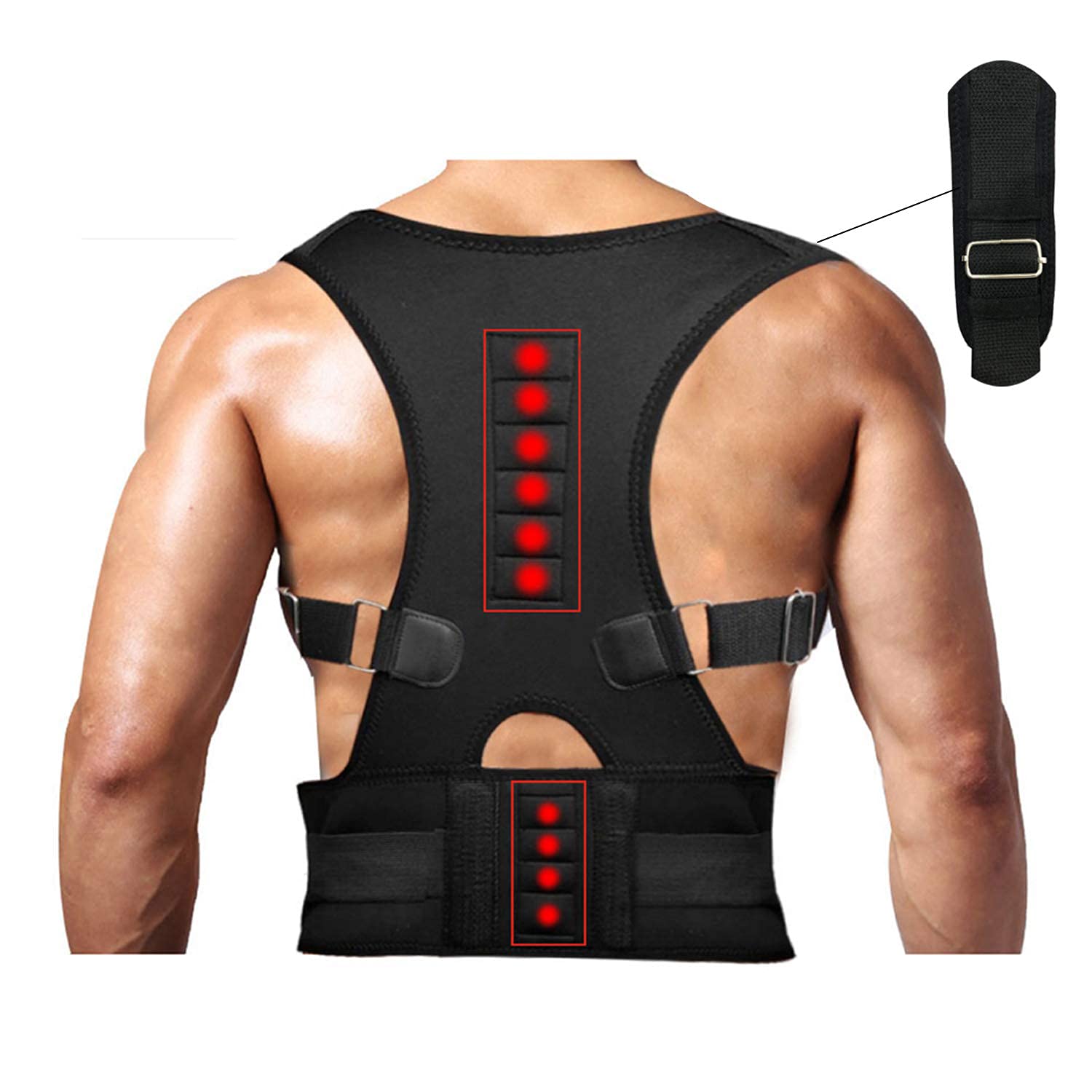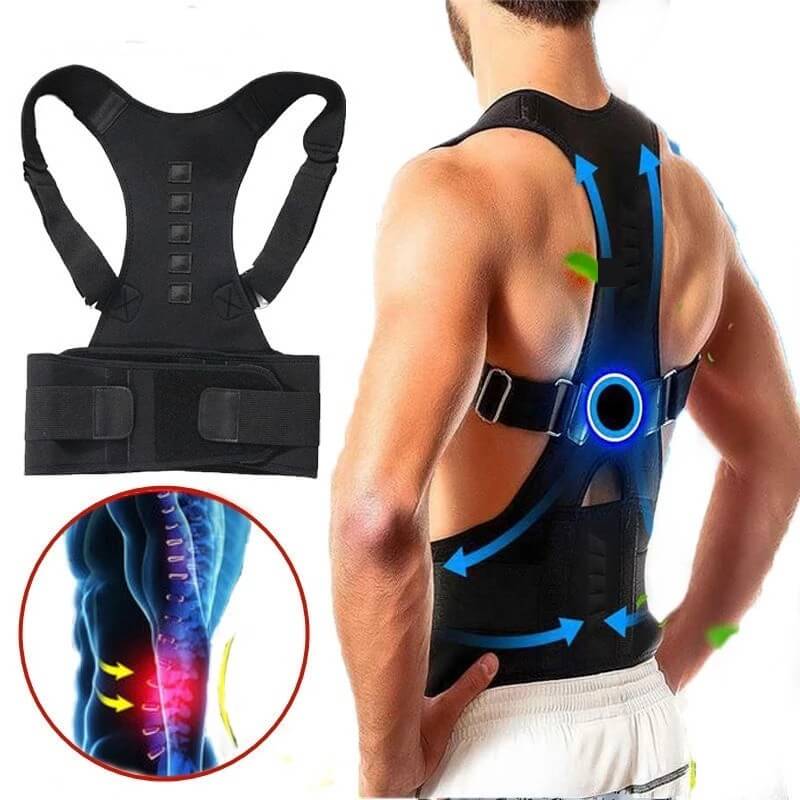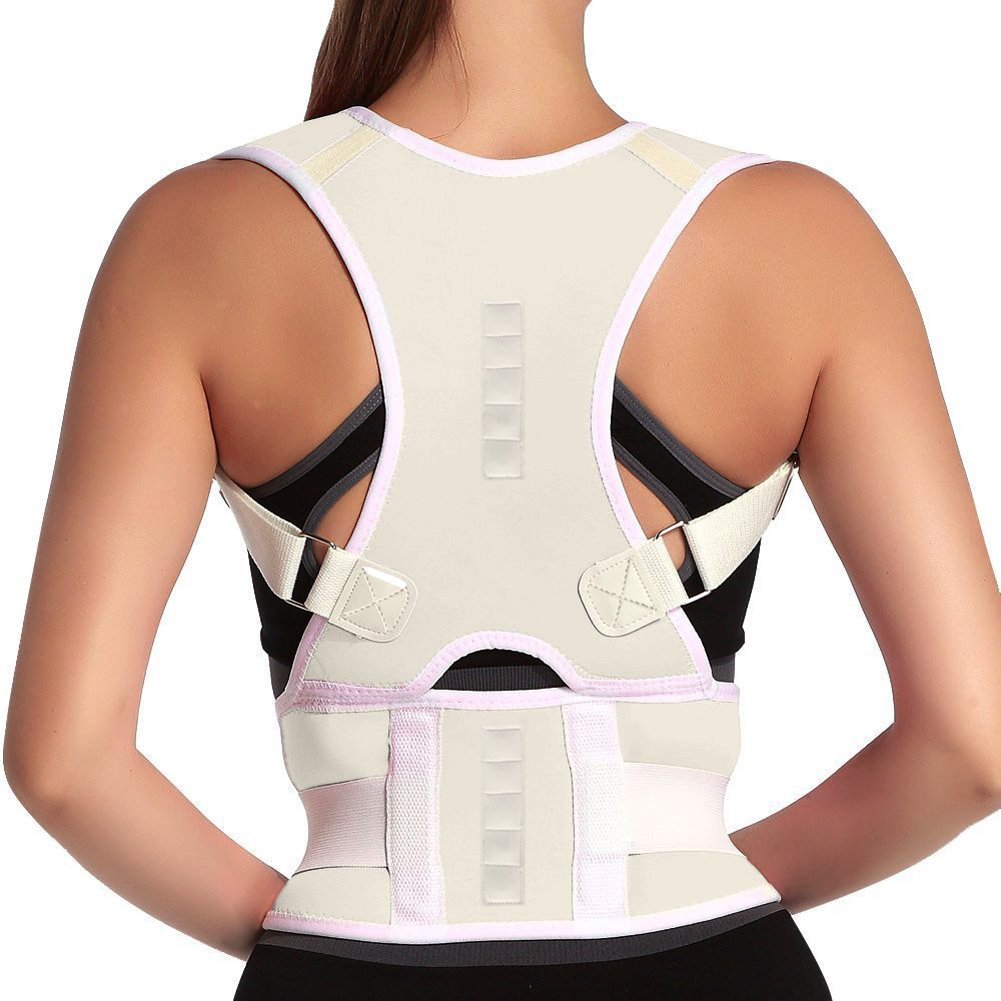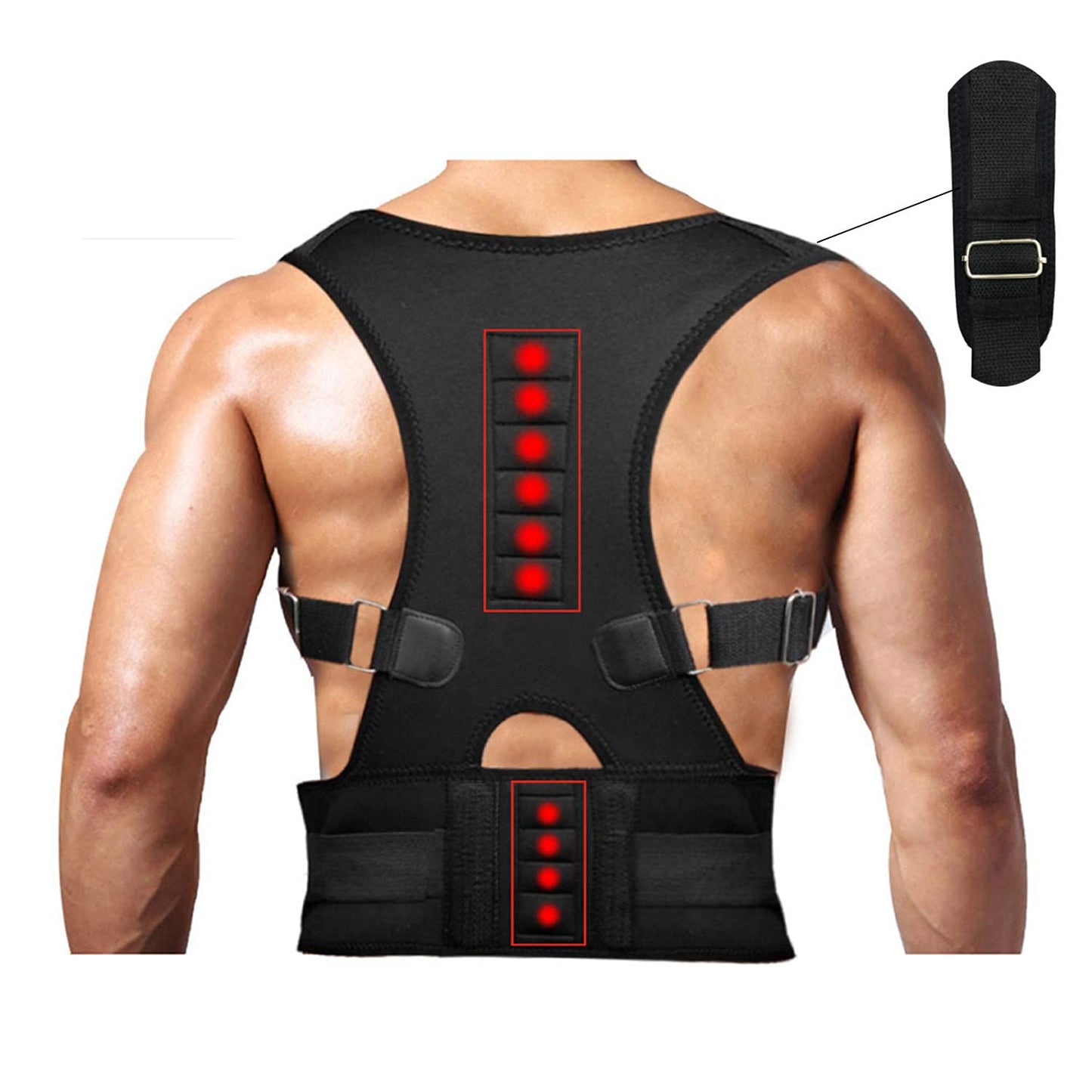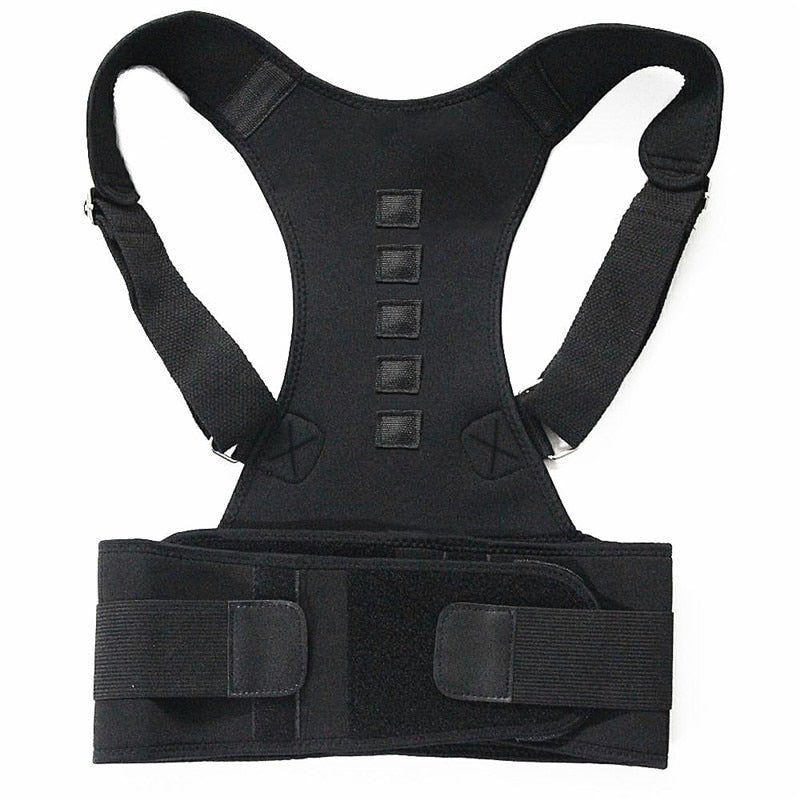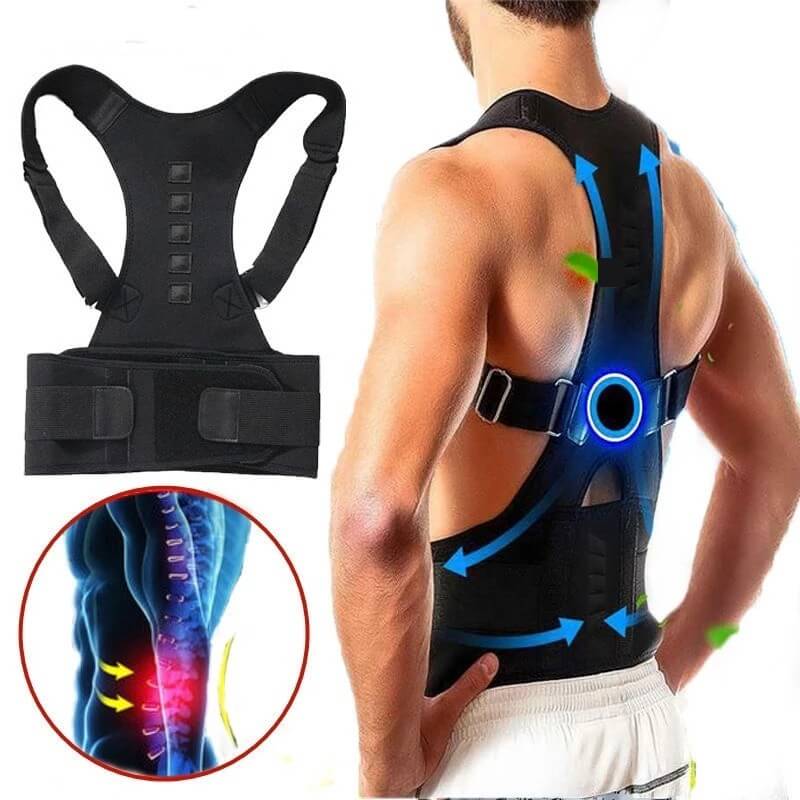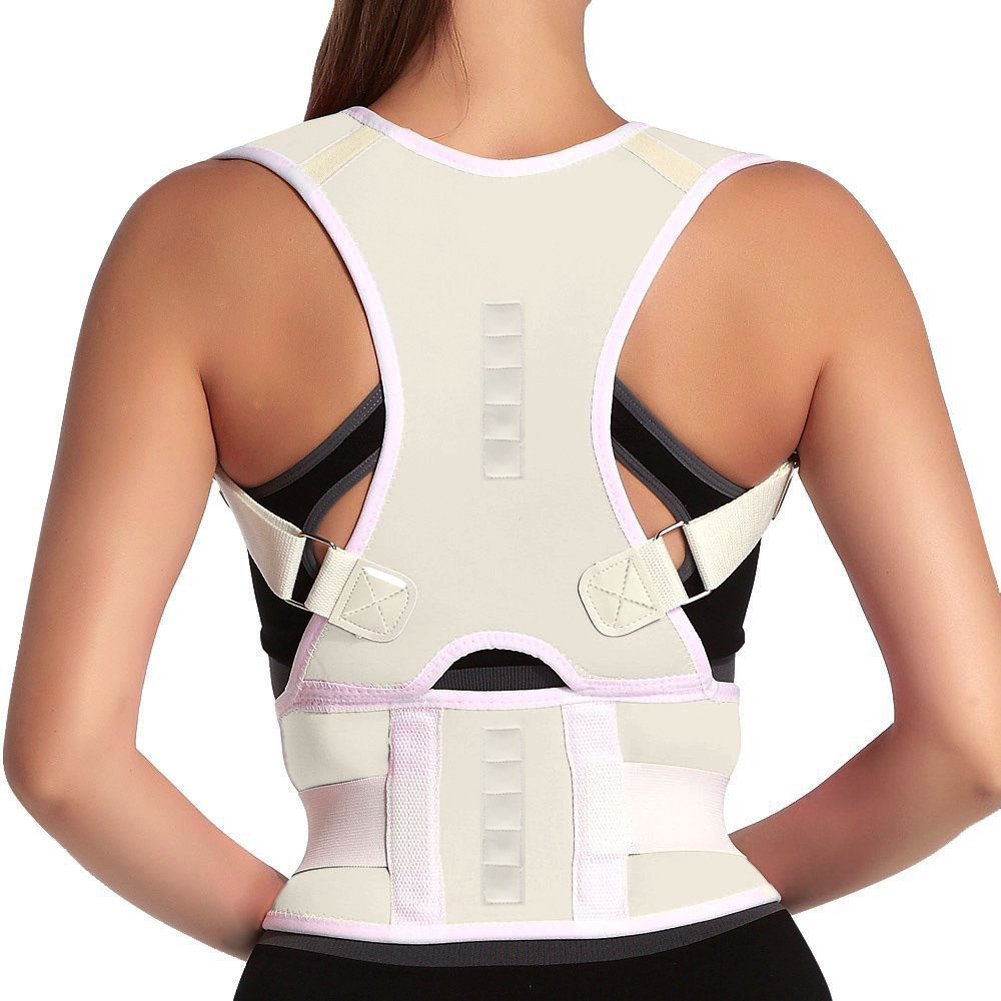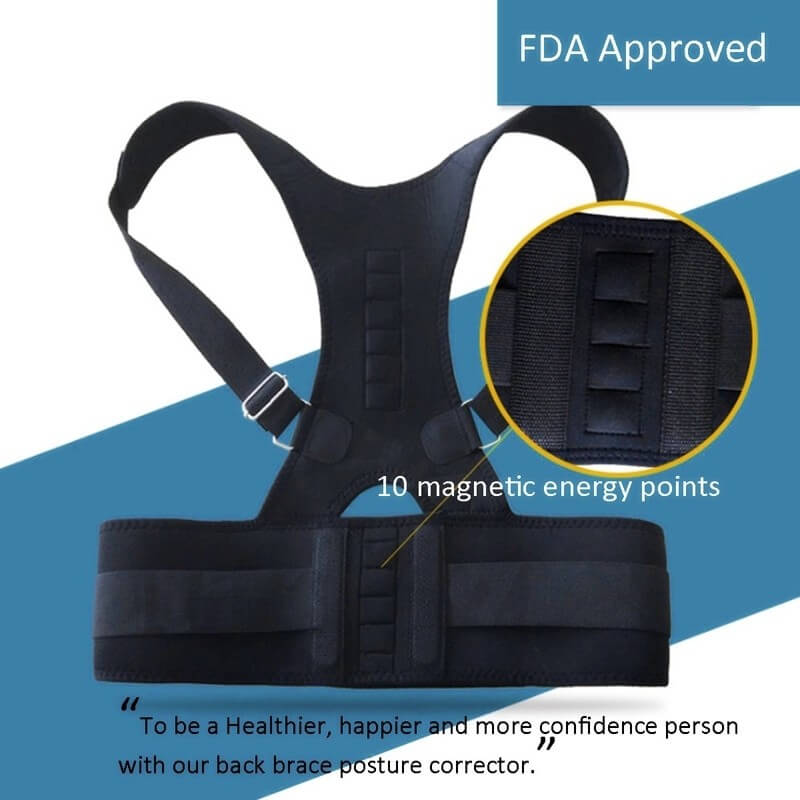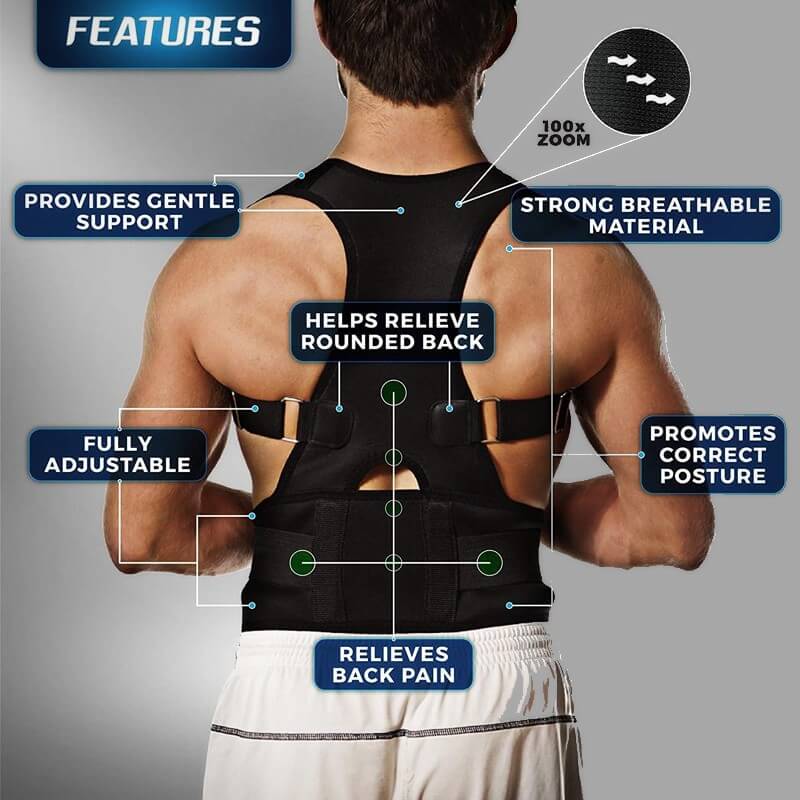Degenerative Disc Disease (DDD) is a common spinal condition that can cause chronic pain and significantly impact your quality of life. While the name might sound alarming, it’s not technically a disease but rather a term used to describe the natural wear and tear on spinal discs as we age. Here, we break down the key details of DDD, including its causes, symptoms, and actionable solutions.
What is Degenerative Disc Disease?

Spinal discs act as cushions between the vertebrae in your spine, providing shock absorption and flexibility. Over time, these discs can lose water content, become thinner, or develop small tears, leading to symptoms of DDD.

Common Causes of Degenerative Disc Disease
- Aging:
- The primary cause of DDD is the natural aging process. Spinal discs lose hydration and elasticity over time, making them less effective.
- Injury:
- Acute or repetitive injuries to the spine can accelerate disc degeneration.
- Genetics:
- Family history can play a role in how quickly your discs degenerate.
- Lifestyle Factors:
- Sedentary behavior, poor posture, and smoking can contribute to faster disc degeneration.
- Obesity:
- Excess weight increases pressure on the spine, exacerbating wear and tear.
- Occupational Strain:
- Jobs requiring heavy lifting, bending, or prolonged sitting can place additional stress on spinal discs.

Symptoms of Degenerative Disc Disease
- Persistent lower back or neck pain
- Pain that radiates to the arms, hands, legs, or feet
- Numbness or tingling sensations
- Stiffness and reduced mobility
- Pain that worsens with sitting, bending, or lifting

Effective Solutions and Management Options
Non-Surgical Solutions:
- Physical Therapy:
- Strengthening core and back muscles can help stabilize the spine and reduce pain.
- Lifestyle Modifications:
- Maintain a healthy weight, avoid smoking, and practice good posture.
- Medications:
- Over-the-counter pain relievers like ibuprofen or acetaminophen can help manage discomfort.
- Heat and Cold Therapy:
- Alternating heat and ice packs can reduce inflammation and relieve pain.
- Ergonomic Adjustments:
- Use ergonomic chairs and workstations to minimize strain on the spine.

Advanced Treatments:
- Epidural Steroid Injections:
- Can provide temporary relief by reducing inflammation around the affected nerve.
- Chiropractic Care:
- Spinal adjustments can improve alignment and relieve pressure.
Surgical Options (for severe cases):
- Spinal Fusion:
- Permanently fuses two vertebrae to stabilize the spine.
- Artificial Disc Replacement:
- Replaces the damaged disc with an artificial one to maintain mobility.

Preventing Degenerative Disc Disease
- Stay active and engage in regular low-impact exercises such as walking, swimming, or yoga.
- Practice proper lifting techniques.
- Maintain a balanced diet rich in calcium and vitamin D to support bone health.
- Prioritize good sleep hygiene to allow for spinal recovery.

Final Thoughts
Degenerative Disc Disease is a manageable condition with the right strategies and professional guidance. Early intervention and lifestyle adjustments can significantly improve symptoms and prevent further deterioration. If you’re experiencing persistent back or neck pain, consult a healthcare provider to develop a personalized treatment plan.
By understanding the causes and adopting a proactive approach, you can maintain spinal health and improve your overall quality of life.


